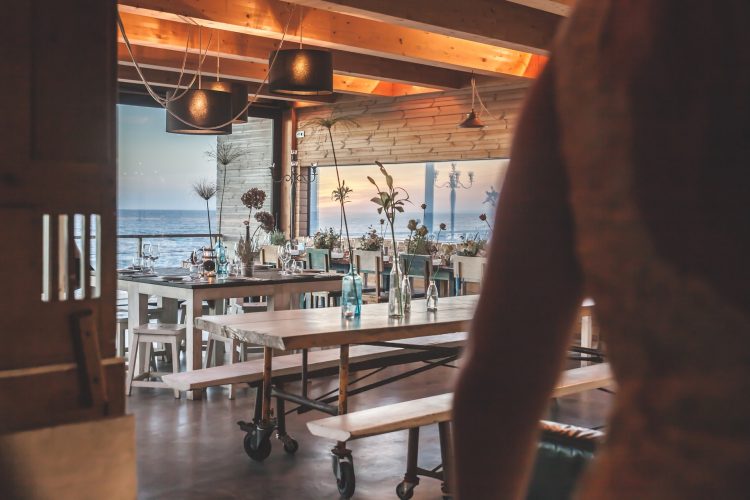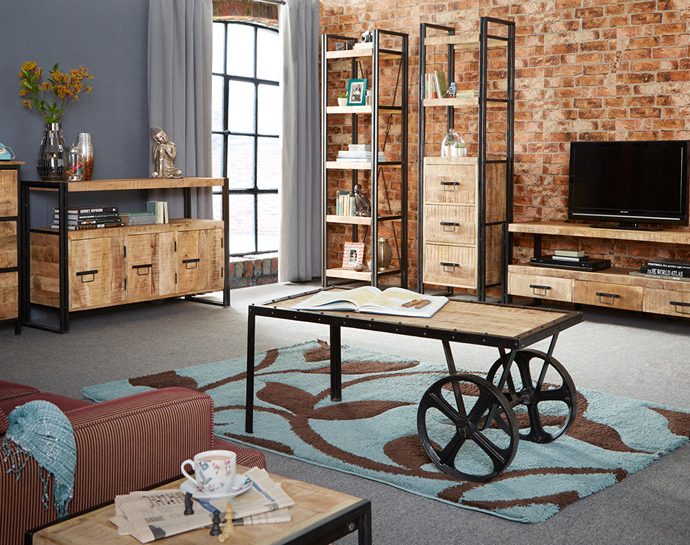Are you planning to build a deck this summer? If yes, first congratulate yourself for such a wonderful idea as a great-looking deck is a wonderful addition to any house. It not only enhances the aesthetic sense of the hour but also adds to the real estate value of the property. Thus, decking is a valuable addition to your house or property. Now that you have decided, consider the size and material for the decking boards. When you start searching, you will feel overwhelmed by the choices available. There are so many materials available for decking, such as tiles, PVC, plastic, apart from wood.
In order to make those choices easier for you, we have put together a brief guide on different decking materials available in the market. After all, you need to make the right decisions as a well-informed customer.
Different Types of Decking:
Just go through the following materials that you can pick for your decking, and each of them varies based on the price, maintenance, and aesthetics.
- Aluminum: Aluminium decking boards are weatherproof, insect-proof, and strong and durable. These boards are easy to work on and light to carry. Today, one finds a thick, slip-resistant coating on the decking boards in many colors and in wooden looks.
- Cedar and Redwood: For those who love natural wood, cedar and Redwood are a natural choice. This natural wood decking material is very popular and easily available. While the lightweight cedar makes for a beautiful, strong deck with naturally occurring oils and tannins, the redwood carries its own unique characteristics. The Western red cedar is loved for its rich colors and hues. However, both cedar and Redwood needs effective care and protection with stains and sealers as decking wood.
- Tiles: Decking tiles are getting increasingly common for making decks and are available in every shade and color, and size. You can go ahead and choose a pattern or color based on your preferences. The pros of buying tiles for the decking are that they are easy to install and maintain. However, they may lose their shine or look, based on usage and time.
- PVC Decking: PVC is another popular choice after wooden decking for decks. There is a vast product line to choose from, and one can pick a material based on their specific needs. The major benefit of having PVC on your decks is that it is resistant to moisture and mold. Many PVC boards are backed by Alloy Armour Technology that offers incredible protection to the decking material from staining, weathering, and fading, and come with industry-best warranties.
- Composites: Another popular material for decking boards is composite, which is the fastest-growing segment of the industry. As they make these from wood fibers and recycled plastics, you need not get anxious about warps or splintering. The composites are impervious to insects and are maintenance-free. Improved manufacturing technologies make the composite decking boards look and feel like real wood.
- Pressure-treated wood: Pressure treated (PT) lumber is used by many, but it is not very stable dimensionally and tends to crack, warp, shrink and swell with time. Thus, as compared to another decking materials, PT decking requires more maintenance and proper washing every year, plus a new coat of exterior stain.
Conclusion:
The kind of material you pick for decking depends a lot on your needs and budget, and what are your objectives behind making the deck? Just keep the above guidelines in mind so as to make the right choices for decking materials and choose the right professional for your decking without getting confused.





